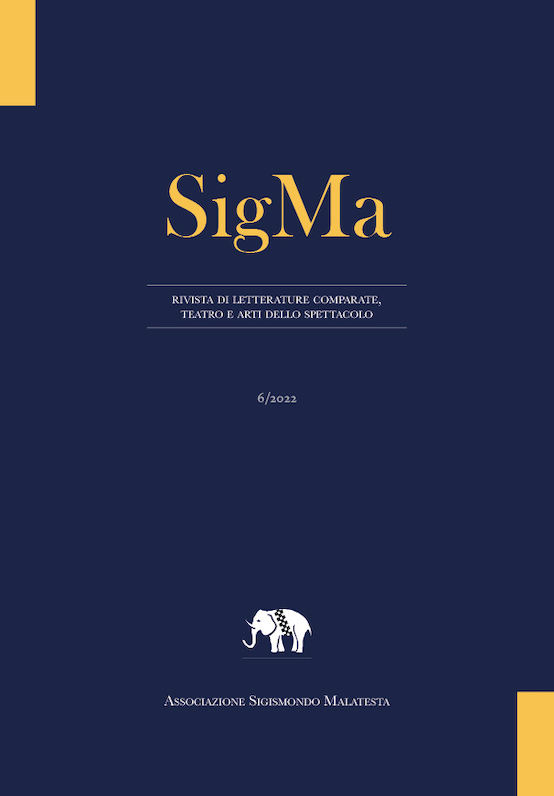Kate’s Ovidian metamorphosis in Shakespeare’s “The Taming of the Shrew”
Abstract
Ovid’s influence on Shakespeare’s production has been recognized ever since 1598, when Francis Meres linked the two authors in his rhetorical exercise “A Comparative Discourse of our English Poets with the Greeke, Latine, and Italian Poets”: “[a]s the soule of Euphorbus was thought to live in Pythagoras: so the sweete wittie soule of Ovid lives in mellifluous and hony-tongued Shakespeare”. The English playwright has often been inspired by Ovidian themes throughout his production; in particular, metamorphosis plays a central role in his dramatic works. This article aims to provide a brief overview of similarities and differences between Ovidian and Shakespearean metamorphoses of female characters’ appearance and voice after being subjected to male violence. In particular, it focuses on the outcome of such transformations and questions whether Shakespeare followed Ovid in staging metamorphoses which change the character’s appearance but leave intact its inner world or whether he pursued a more complete kind of transformation which mutates the character’s emotional and psychological assets too. This qualitative differentiation will be tested in The Taming of the Shrew (1593), a play which offers a wide range of explicit and implicit references to Ovid’s Metamorphoses. Kate’s transformation from curst shrew to obedient wife in particular will prove useful in understanding whether the metamorphic process affected her inward core and thus diverged from the Ovidian tradition.
Downloads
SigMa pubblica in internet, ad accesso aperto, con licenza:
|
|
CCPL Creative Commons Attribuzione |
L'autore conserva il copyright sul suo contributo, consentendo tuttavia a chiunque "di riprodurre, distribuire, comunicare al pubblico, esporre in pubblico, rappresentare, eseguire e recitare l'opera", purché siano correttamente citati l'autore e il titolo della rivista. L’autore, al momento della proposta di pubblicazione, è inoltre tenuto a dichiarare che il contenuto e l’organizzazione dell’opera è originale e non compromette in alcun modo i diritti di terzi, né gli obblighi connessi alla salvaguardia di diritti morali ed economici di altri autori o di altri aventi diritto, sia per testi, immagini, foto, tabelle, sia per altre parti di cui il contributo può essere composto. L’autore dichiara altresì di essere a conoscenza delle sanzioni previste dal codice penale e dalle leggi speciali per l’ipotesi di falsità in atti ed uso di atti falsi, e che pertanto Reti Medievali è esente da qualsiasi responsabilità di qualsivoglia natura, civile, amministrativa o penale, e sarà dall'autore tenuta indenne da qualsiasi richiesta o rivendicazione da parte di terzi.

